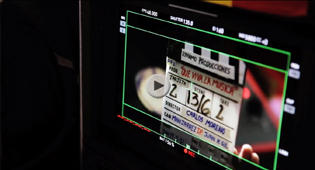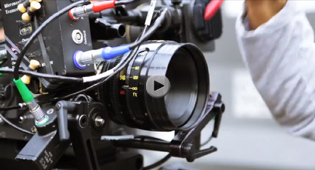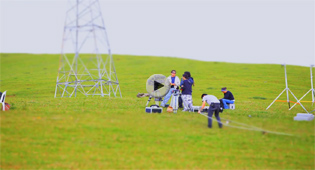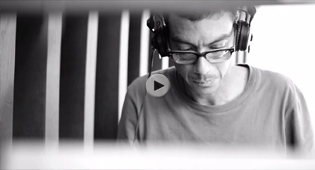OBRA MAESTRA DICE JORGE ALBERTO BARÓN
----- Mensaje reenviado -----
De: YouTube Service <noreply@youtube.com>
Para: jorgealbertobaron@yahoo.es
Enviado: Martes 18 de junio de 2013 13:05
Asunto: Jorge Alberto Barón te ha enviado un vídeo: "Igor Stravinsky -The Rite of Spring Full Suite (Le Sacre du Printemps) Full Concert"
Jorge Alberto Barón te ha enviado un vídeo: "Igor Stravinsky -The Rite of Spring Full Suite (Le Sacre du Printemps) Full Concert" |  | | | | | | 100 AÑOS DE SU INTERPRETACIÓN | | Igor Stravinsky The Rite of Spring - Le Sacre du Printemps; Symphony in Three Movements Artist: Esa-Pekka Salonen Conducts Composer: Igor Stravinsky Time - 53:14 Full HD Full Concert
Le Sacre du printemps (The Rite of Spring), ballet in 2 parts for orchestra - Time: 32:17
Symphony in Three Movements, for orchestra - Time: 20:57
The Rite of Spring, original French title Le sacre du printemps (Russian: Весна священная, Vesna svyashchennaya), is a ballet with music by Igor Stravinsky; choreography by Vaslav Nijinsky; and concept, set design and costumes by Nicholas Roerich. It was produced by Sergei Diaghilev for his Ballets Russes ballet company and had its première in Paris on 29 May 1913.
The music's innovative complex rhythmic structures, timbres, and use of dissonance have made it a seminal 20th century composition. In 1973, composer and conductor Leonard Bernstein said of one passage, "That page is sixty years old, but it's never been topped for sophisticated handling of primitive rhythms...", and of the work as a whole, "...it's also got the best dissonances anyone ever thought up, and the best asymmetries and polytonalities and polyrhythms and whatever else you care to name."
A performance of the work lasts about 33 minutes.
Themes
The Rite is divided into two parts with the following scenes (there are many different English translations of the original titles; the ones given are Stravinsky's preferred wording followed by the original French in parenthesis):
Nicholas Roerich's 1913 set design for Part I: Adoration of the Earth.
First Part: Adoration of the Earth (Première Partie: L'adoration de la Terre)
Introduction
The Augurs of Spring: Dances of the Young Girls (Les Augures Printaniers: Danses des Adolescentes)
Ritual of Abduction (Jeu du Rapt)
Spring Rounds (Rondes Printanières)
Games of the Two Rival Tribes (Jeux des Cités Rivales)
Procession of the Oldest and Wisest One [the Sage] (Cortège du Sage
The Kiss of the Earth (The Oldest and Wisest One) [(The Sage)] (Adoration de la Terre (Le Sage))
The Dancing Out of the Earth, OR The Dance Overcoming the Earth (Danse de la Terre
Second Part: The Exalted Sacrifice (Seconde Partie: Le Sacrifice)
Introduction
Mystic Circle of the Young Girls (Cercles Mystérieux des Adolescentes)
The Naming and Honoring of the Chosen One (Glorification de l'Élue)
Evocation of the Ancestors OR Ancestral Spirits (Evocation des Ancêtres)
Ritual Action of the Ancestors (Action Rituelle des Ancêtres)
Sacrificial Dance (The Chosen One) (Danse Sacrale (L'Élue))
Though the melodies draw upon folk-like themes designed to evoke the feeling of songs passed down from ancient time, the only tune Stravinsky acknowledged to be directly drawn from previously existing folk melody is the opening, first heard played by the solo bassoon. | | | | | | | | | | ©2013 YouTube, LLC 901 Cherry Ave, San Bruno, CA 94066 | | | | |







